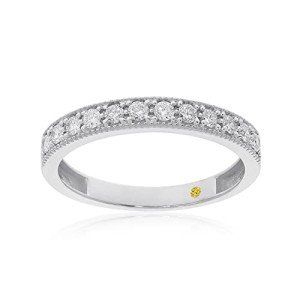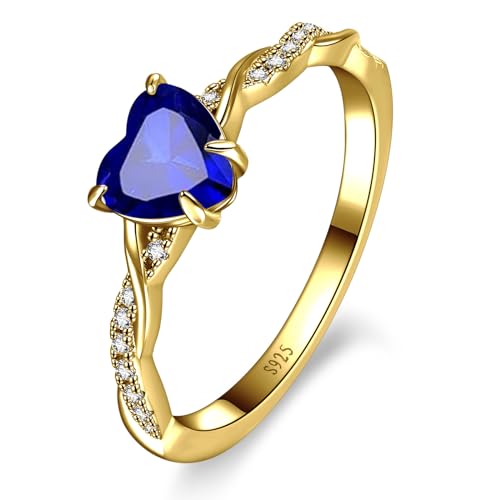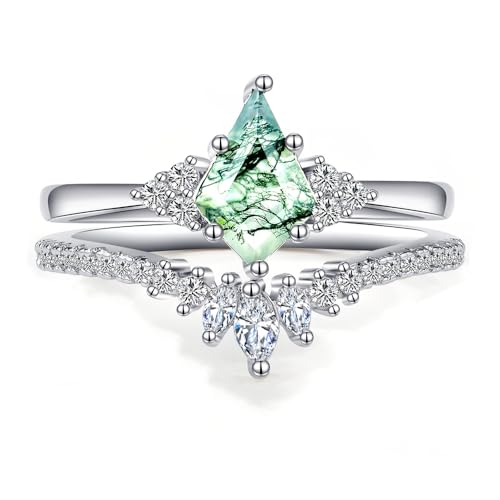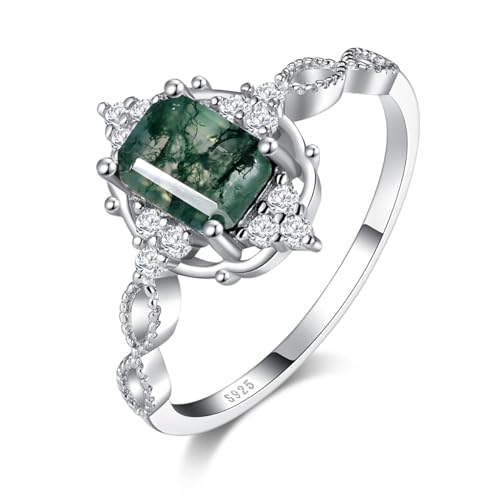Wondering if that diamond in your ring is the real deal? There are some easy ways to find out. First off, let’s talk about the fog test. Breathe on the diamond ring like you’re trying to fog up a mirror. If it clears up in a second or two, it’s likely real. If it stays cloudy for a while, you’ve got a fake on your hands.
Next, check for imperfections. Real diamonds usually have small flaws called inclusions. These tiny imperfections can show up as dark spots or lines. Grab a jeweler's loupe, which is like a mini magnifying glass, and take a close look. If it looks perfectly flawless, it might not be a real diamond.
Another thing to look at is the sparkle. A real diamond has an incredible sparkle. Its unique way of reflecting light is called brilliance. If the stone looks gray or lacks that dazzling sparkle, consider that a red flag.
Lastly, consider whether the diamond ring feels heavy. Real diamonds are denser than most fake ones. If it feels too light for its size, it might not be genuine. Don’t forget to also get it checked by a professional if you're still unsure. Better safe than sorry when it comes to your bling!
Simple Tests for Authenticity
Wondering if your diamond ring is the real deal? You’re not alone! It’s pretty common to want to make sure that shiny gemstone is genuine. Here are some simple tests you can do at home to check its authenticity.
First up, the fog test. Take your diamond ring and breathe on it like you would a mirror. If the stone fogs up and takes a while to clear, it could be a fake. Real diamonds heat up quickly and won’t hold onto moisture for long, so they should clear up right away.
Next, try the scratch test. Grab a piece of glass or a mirror and carefully scratch it with your diamond ring. If the stone leaves a scratch, it’s real. Fake diamonds typically don’t have the hardness to do that. Just be careful with this test; you don’t want to damage your ring or its setting!
Another easy test is to hold the diamond ring under a UV light. Real diamonds will glow blue, while most fake ones won’t show much or will glow in different colors. If you’ve got access to a UV light, this can be a fun way to see if your diamond has that genuine sparkle.
Vintage 10K White Gold Lab Grown Diamond Band
A stunning blend of timeless elegance and modern craftsmanship perfect for any occasion
Product information
$256.49
Product Review Score
4.17 out of 5 stars
88 reviewsProduct links
Signs of a Genuine Diamond
When you’re looking at your diamond ring, it’s important to know that you’ve got the real deal. Genuine diamonds have specific characteristics that help you tell them apart from fake ones. Here are some signs you should look for.
First, take a close look at how the light interacts with the diamond. A real diamond sparkles with a unique brilliance. It doesn’t just reflect light; it bends it, creating a play of colors. If your ring looks dull or lacks that vibrant sparkle, it might not be a genuine diamond.
Next, check for clarity. Natural diamonds often have tiny inclusions or blemishes, called ‘clarity characteristics.’ If you see a perfectly clear stone, it could be lab-created or synthetic. Use a jeweler's loupe if you have one, and look for those tiny imperfections. If the stone is flawlessly clear, it may raise some eyebrows.
Lastly, temperature can be a giveaway. Real diamonds feel cool to the touch when you first pick them up. If it warms up quickly, you could be looking at a fake. You can also consider the weight; authentic diamonds are heavy for their size. If your diamond ring feels too light, it’s worth investigating further.
Blue Sapphire Heart Ring 14K Gold Plated Silver
Exquisite Blue Sapphire Heart Ring in 14K Gold Plated Silver for an Elegant Touch
Product information
$19.99
Product Review Score
4.66 out of 5 stars
56 reviewsProduct links
Fake Diamonds vs Real Diamonds
When it comes to diamond rings, not all diamonds are created equal. Understanding the difference between fake diamonds and real diamonds can save you from making a costly mistake. Fake diamonds, like cubic zirconia or moissanite, may look pretty, but there are some key differences that set them apart from genuine diamonds.
Real diamonds have a unique sparkle that comes from their crystal structure. When you look closely, you’ll notice that they reflect light in a way that’s hard to replicate. Fake diamonds can sparkle too, but often in a more uniform manner. Check it under different lights; if it doesn’t shine in a rainbow of colors, it might not be the real deal.
Another big point is weight. Real diamonds are denser than fake ones, so they tend to feel heavier. If the diamond ring feels light and a bit too easy to manage, it might be a signal that it’s not genuine. Grab a simple kitchen scale if you have one. You’ll be surprised how much a little difference can tell you about the stone.
Don’t forget about the inclusions! Real diamonds often have tiny flaws called inclusions that make them unique. Those imperfections can usually only be spotted under a microscope. On the other hand, most fake diamonds are flawless. So, if your diamond ring looks too perfect, it could be time to dig a bit deeper.






